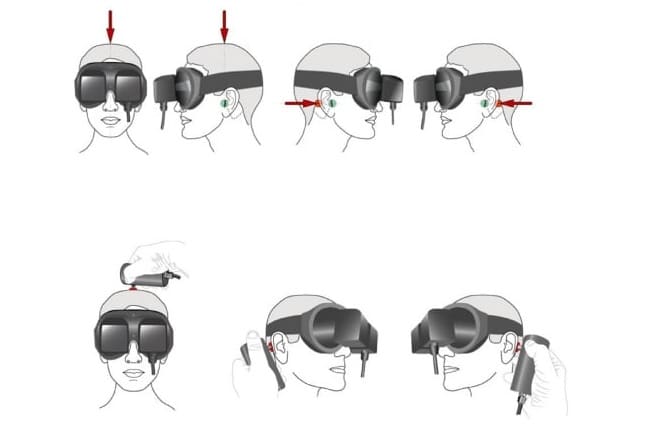May. 21, 2020
The ongoing coronavirus pandemic has changed society as we know it. We have social distancing requirements and stay at home in orders in place. This is a new world that none of us are accustomed to. This virus is now widespread, contagious, and has the capability of causing a multitude of unusual symptoms. Most of us are aware of the
















